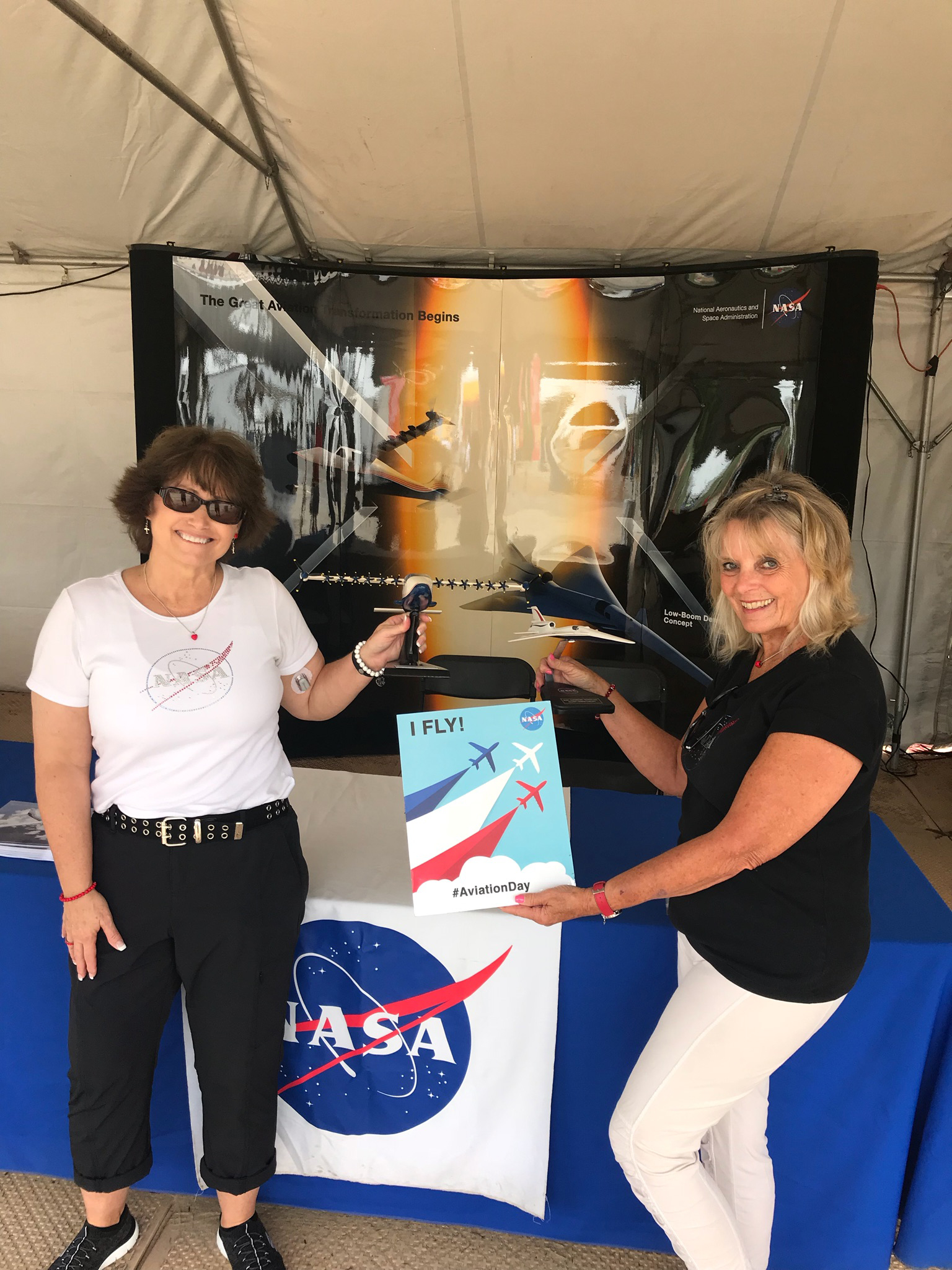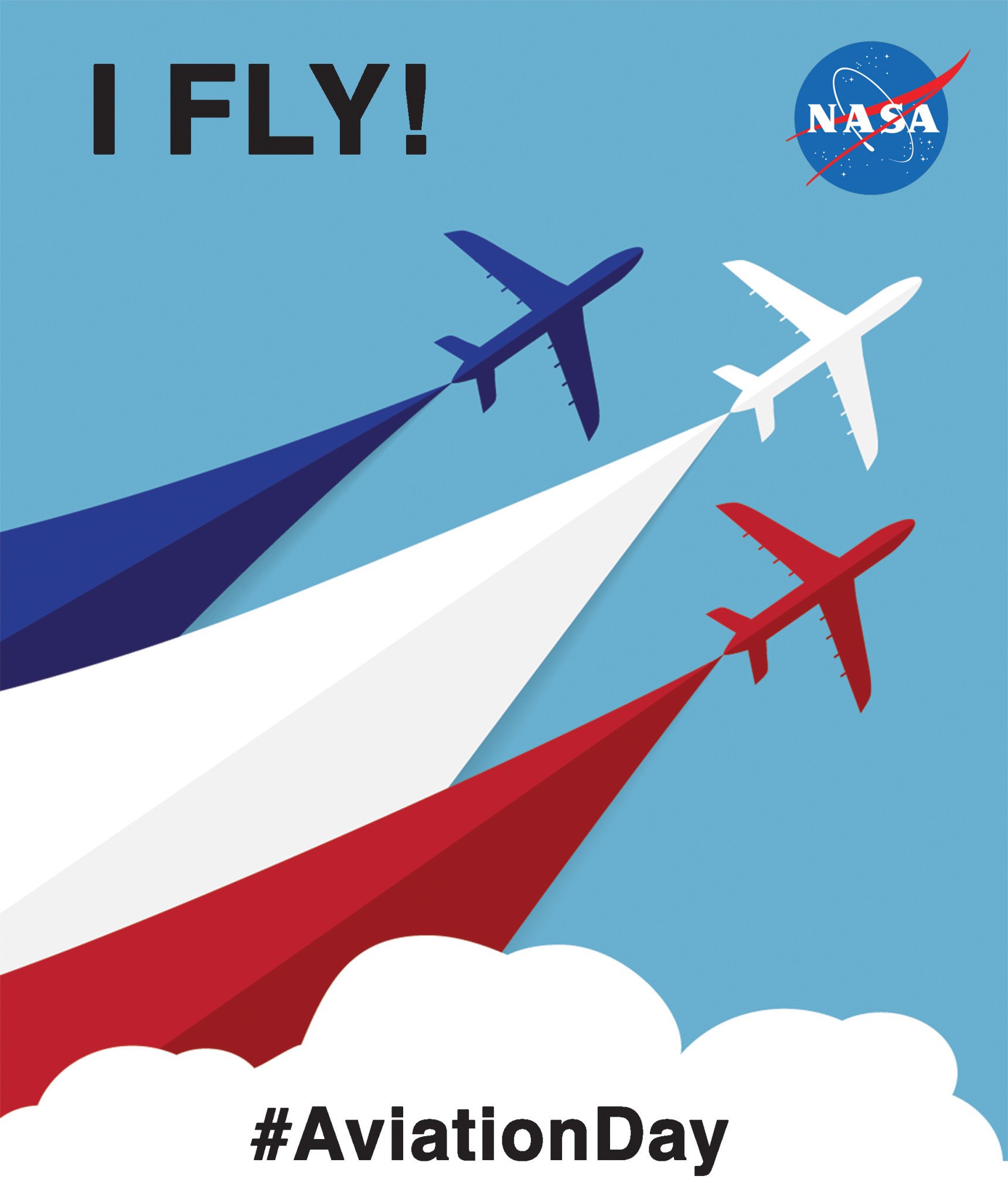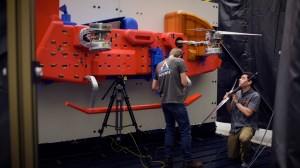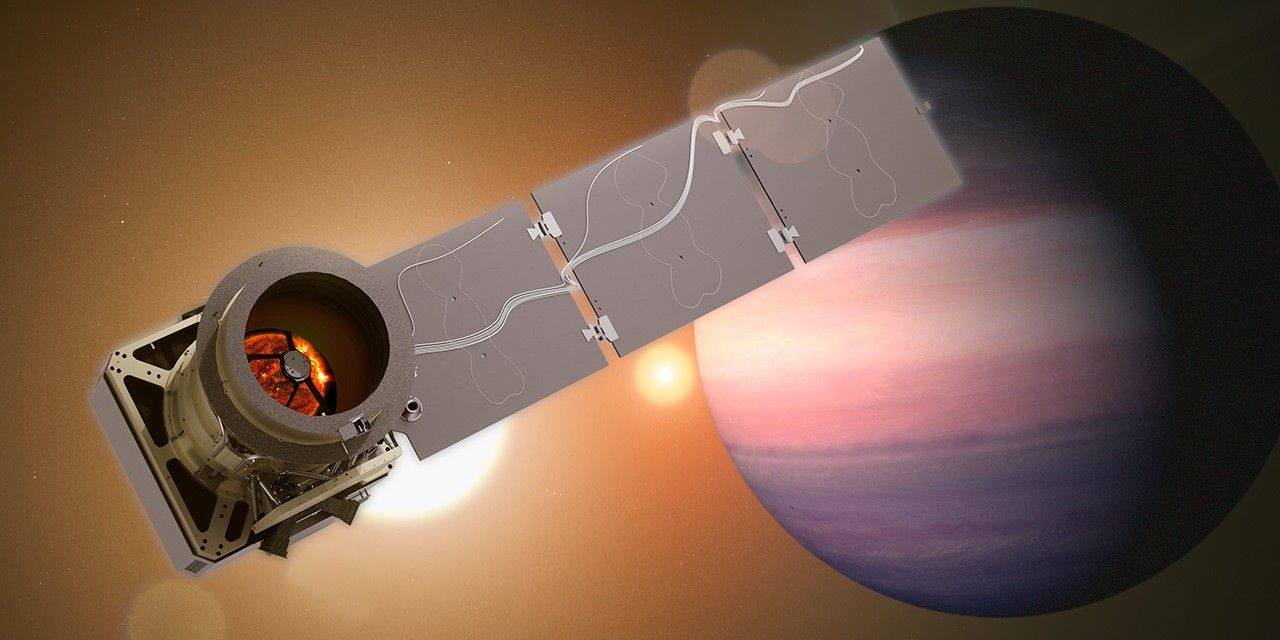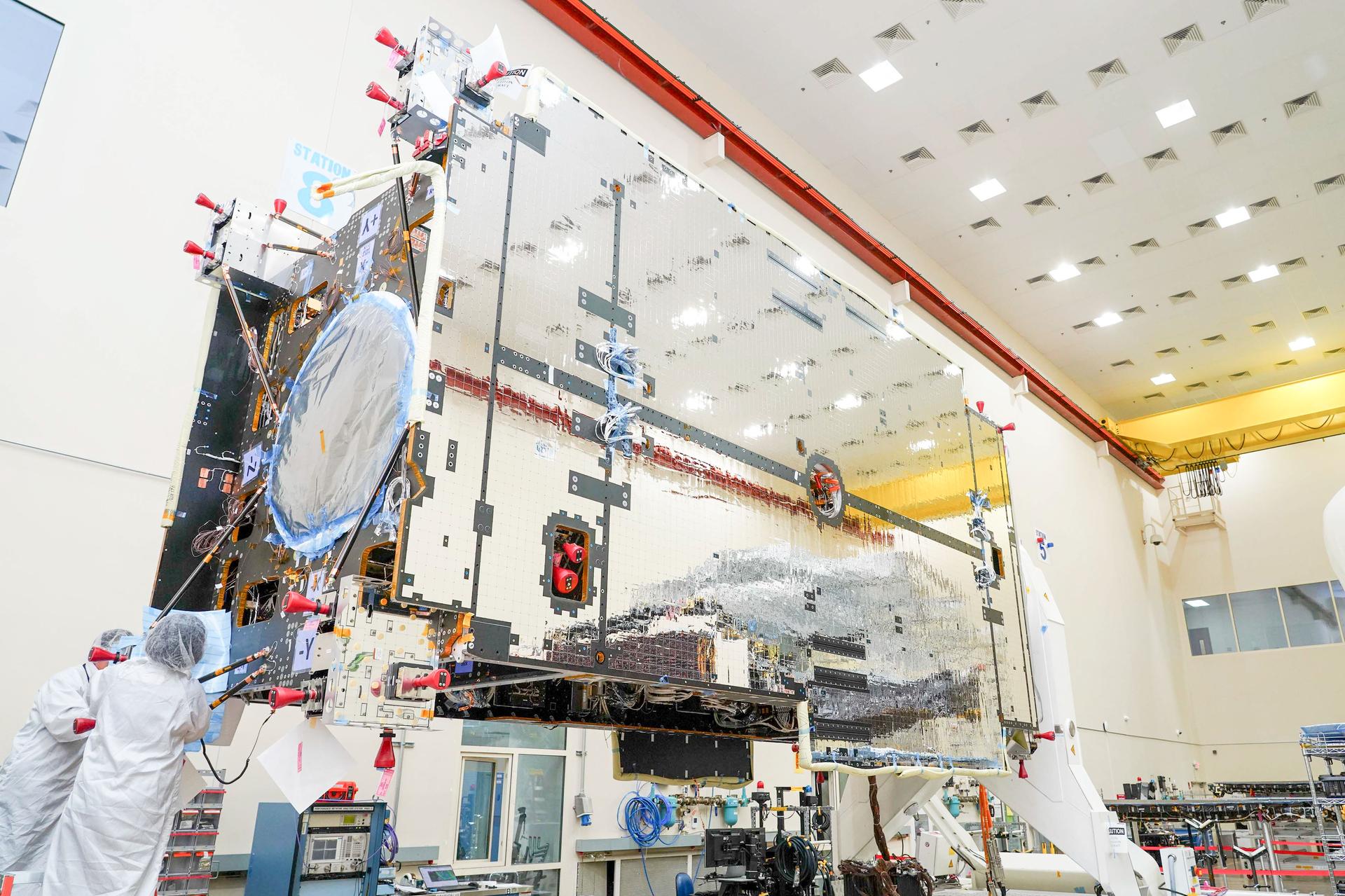It’s the biggest day in flight each year.
No, we’re not talking about record-setting airline activity during Thanksgiving. This is about a day set aside each year to revel in all things related to flight. And this year that day falls on a Sunday. Sunday, August 19 to be precise.
Ever since 1939, August 19 has been celebrated as National Aviation Day, the legacy of a presidential proclamation first made by Franklin D. Roosevelt to celebrate the birth date of civil aviation pioneer Orville Wright.
All of us at NASA think that’s worth celebrating and we invite you to join us.
- Join the conversation on social media on August 19
We’re celebrating National Aviation Day on social media by highlighting some of the directors, engineers, scientists, and pilots that make our research possible. From electric flight to unmanned aircraft to quiet supersonic flight over land, meet the folks behind our “Great Aviation Transformation” by following us on Twitter, Facebook, and Instagram.
- Visit us this weekend at the Chicago Air and Water Show
Happen to be in Chicago? You can discover the thrilling work we are doing in aeronautics first-hand by visiting the NASA Village at the Chicago Air and Water Show, August 17–19 at North Avenue Beach. Let us know how you fly by getting your photo taken and sharing it on social media using #AviationDay. Not in Chicago? No problem! You can download and print our “I Fly” sign and share your photo from wherever you are! - Download our High Flyers Alphabet Activity Book (K-2) for your child’s next flight.
Our High Flyers Alphabet Activity Book introduces several basic aeronautics terms for children in kindergarten through second grade. The activities in this illustrate how an alphabet letter can be related to both an aeronautics concept and basic aeronautics terms. In addition, children are invited to look at each letter, trace the letter, and print the letter in the space provided. It’s the perfect way to keep your young ones occupied while you travel!
- Explore STEM (K-12) learning activities on electric airplanes and airplane sounds.
Learn about our newest X-planes, the X-57 Maxwell and the X-59 QueSST, by watching animations and completing hands-on activities and digital challenges with our STEM learning modules.
- Visit your local science museum or NASA visitor center.
Exhibits about aviation and on how an airplane flies are popular stples of science museums. Why not visit your local science museum to learn more about the history and future of aviation? Some popular and new exhibits that tell the modern aviation story are the “America by Air” gallery at Smithsonian’s Air and Space Museum in downtown DC, and the new “Design, Build, Fly” exhibit at the Exploration Place in Wichita, KS, which immerses visitors in what skills are required to build an airplane. And if you live within a short drive of Norfolk, VA; Cleveland, OH; or San Francisco, CA, you might consider checking out the visitor centers associated with NASA’s Langley Research Center, Glenn Research Center, or Ames Research Center, respectively, as these major NASA field centers play host to some of our aeronautics research.
- Visit your local library or download a free NASA e-book.
Aviation-themed books, whether fact or fiction, are all over the shelves of your local library – literally. That’s because there’s no single Dewey Decimal number for aviation. A book about aviation history will be in a different section of the library than a book about how to design an airplane. And fictional books such as the Arthur Hailey classic “Airport,” or autobiographies such as Chuck Yeager’s “Yeager,” are off in yet another section. Don’t hesitate to ask your reference librarian for help. And when you get back from the library, jump online and check out one –or more– of our free, downloadable aeronautics e-books.
- Remember that NASA is with you when you fly.
Heading to an airport soon? See an airplane flying overhead? Next time you do either, think about NASA. It might not be immediately visible, but every U.S. aircraft and air traffic control tower in operation today use some kind of NASA-developed technology.
Streamlined aircraft bodies, quieter jet engines, techniques for preventing icing, drag-reducing winglets, lightweight composite structures, software tools to improve the flow of tens of thousands of aircraft through the sky, and so much more are an everyday part of flying thanks to NASA research that traces its origins back to the earliest days of aviation.





























